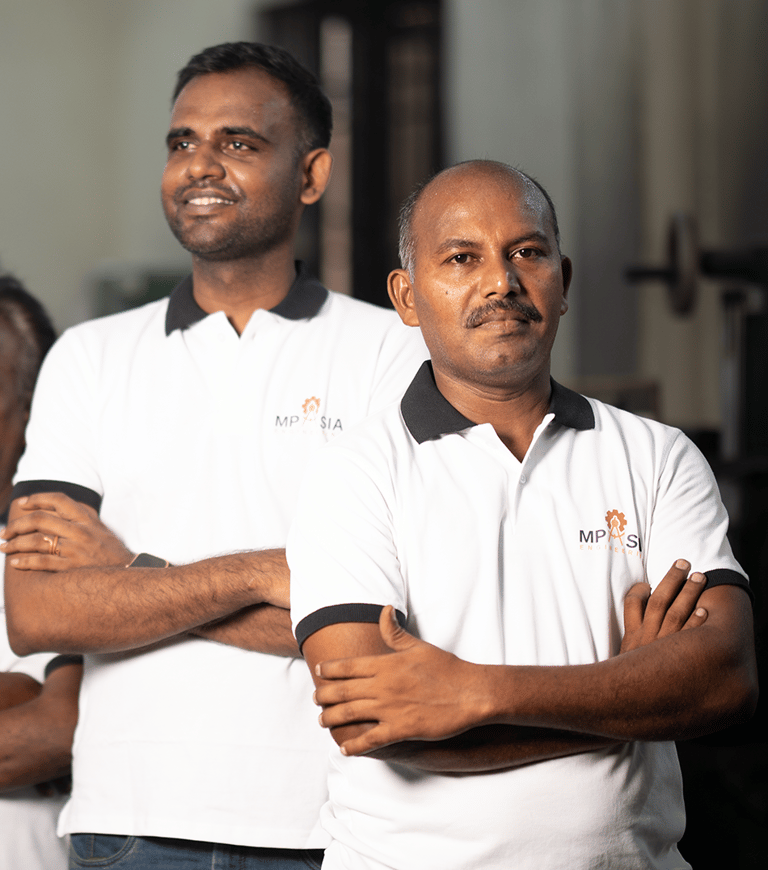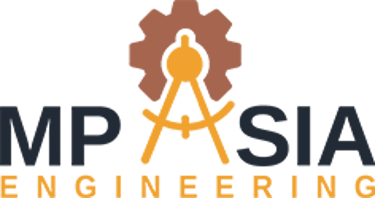What should I be aware of before doing CNC Assembly project?
This article addresses key factors we need to know before embarking on a CNC project. This is more for the businesses or those that are trying to do CNC Assembly service. As for the customers this is a good information to know as you can better understand how the process works.
CNC ASSEMBLY SINGAPORE
Embarking on a CNC assembly project requires careful planning and consideration to ensure success. CNC (Computer Numerical Control) projects involve precision, automation, and often significant investment, so it’s important to be aware of key factors before starting. We have come up with a comprehensive guide to help you prepare so you can achieve your goal with minimal to zero errors. We have broken down the entire process into 15 steps. We'll be looking at what we need to pay attention to in each step so we can be clear on things to prepare before embarking to do a CNC assembly project (for self or as a business).






Step 1: Define Project Requirements
Scope: Clearly define the scope of your project, including the type of parts to be assembled, materials used, and production volume.
Tolerances: Understand the precision and tolerances required for your parts. CNC machines excel at high-precision work, but tighter tolerances may increase costs and complexity.
Output Volume: Determine whether your project is for prototyping, small-batch production, or mass production. This will influence the type of CNC machine and automation level needed.
Step 4: Tooling and Fixtures
Abrasive Material: Select the right abrasive (e.g., aluminum oxide, silicon carbide, diamond, CBN) based on the workpiece material.
Grit Size: Choose the appropriate grit size for the desired surface finish and material removal rate.
Bond Type: The bond (e.g., vitrified, resin, metal) affects wheel durability and performance.
Wheel Dressing: Plan for regular dressing of the wheel to maintain its shape and cutting efficiency.
Step: 5 - Software and Programming
CAD/CAM Software: Use reliable software for designing parts and generating CNC programs.
Simulation: Run simulations to verify the CNC program and avoid errors during actual machining.
Post-Processing: Ensure the CNC program is compatible with your machine’s controller.
Step 14: Testing and Prototyping
Prototype First: Start with a prototype to test the design, materials, and CNC program before full-scale production.
Iterate: Be prepared to make adjustments based on prototype results.
Step 15: Documentation and Workflow
Standard Operating Procedures (SOPs): Develop SOPs for CNC operation, maintenance, and quality control.
Workflow Optimization: Streamline the workflow to minimize bottlenecks and improve efficiency.
Step 2: Choose the Right CNC Machine
Machine Type: Select the appropriate CNC machine (e.g., milling, lathe, router, or multi-axis) based on your project requirements.
Size and Capacity: Ensure the machine can handle the size and weight of your parts.
Automation Level: Decide if you need manual, semi-automated, or fully automated systems (e.g., robotic arms, conveyors).
Software Compatibility: Verify that the machine is compatible with your CAD/CAM software and other programming tools.
Step 3: Material Selection
Material Properties: Choose materials that meet the functional requirements of your parts (e.g., strength, durability, thermal resistance).
Machinability: Consider how easily the material can be machined. Some materials, like titanium or hardened steel, are more challenging to work with and may require specialized tools.
Cost: Factor in material costs and availability, especially for large-scale projects.
Step 6: Budget and Costs
Initial Investment: CNC machines, tooling, and automation systems can be expensive. Factor in the cost of equipment, software, and training.
Operating Costs: Include ongoing costs like maintenance, tool replacement, energy consumption, and labor.
ROI Analysis: Calculate the return on investment (ROI) to ensure the project is financially viable.
Step 7: Skilled Workforce
Training: Ensure your team is trained in CNC operation, programming, and maintenance.
Certifications: Consider hiring certified CNC machinists or providing certification programs for your staff
Safety: Train employees on safety protocols to prevent accidents.
Step 9: Maintenance and Downtime
Preventive Maintenance: Regularly service CNC machines to prevent breakdowns and extend their lifespan.
Spare Parts: Keep critical spare parts on hand to minimize downtime.
Downtime Planning: Schedule maintenance during non-production hours to avoid disruptions
Step 10: Regulatory and Safety Compliance
Standards: Ensure your project complies with industry standards (e.g., ISO, ASME) and safety regulations.
Environmental Regulations: Follow guidelines for waste disposal, coolant management, and emissions.
Step 11: Scalability and Future-Proofing
Modular Design: Choose systems that can be easily upgraded or expanded as your needs grow.
Technology Integration: Consider future advancements like IoT, AI, and additive manufacturing to stay competitive.
By addressing these factors, you can minimize risks, optimize efficiency, and ensure the success of your CNC assembly project. Proper planning and preparation are key to leveraging the full potential of CNC technology. We hope these 15 factors have given you some clarity on what to prepare before embarking on a journey to do CNC Assembly services.
If you require professional assistance for your CNC Assembly project you can check out our CNC Assembly page for more information. You can also visit our About Us page for our company story & team. If you want to see our latest work please visit our Case Study page and for customer review you can visit our Testimonial page.
If you are looking to understand the CNC assembly solution a little bit more along with the global market for this service then here is an article for you "What is CNC assembly solution in the precision engineering business? What is the global market for CNC assembly?"
We hope you enjoyed reading this article. If you have any questions or feedback regarding this article please feel free to email us at blog@mpasiaengineering.com
Step 8: Quality Control
Inspection Tools: Use precision measuring tools (e.g., calipers, micrometers, CMMs) to verify part dimensions.
Process Monitoring: Implement real-time monitoring systems to detect and correct errors during machining.
Documentation: Maintain detailed records of quality checks and process parameters.
Step 12: Vendor and Supplier Relationships
Reliable Suppliers: Partner with reputable suppliers for CNC machines, tools, and materials.
Support Services: Ensure vendors offer technical support, training, and maintenance services.
Lead Times: Account for lead times when ordering equipment and materials to avoid delays.
Step 13: Risk Management
Contingency Planning: Develop a plan for potential issues like machine breakdowns, material shortages, or design changes.
Insurance: Consider insuring your CNC equipment and project against unforeseen events.
Best wishes from
MP Asia Engineering Team
Singapore


Author of this article
Iniyan Sean
Singapore Country Manager


What is CNC assembly solution? What is the global market like for CNC assembly?


What is the CNC assembly market like in Singapore? Who are the companies that provide this solution in Singapore?


What should I look for in a company before engaging them to do CNC assembly project?
Related Blog Articles
Looking For CNC Precision Engineering Service? Get A Quick Quote!


We have dedicated account managers that are available from Mon-Friday, 9am to 6pm SGT. Do fill out this form and we will get back to instantly.
Dedicated Account Manager
24 Turnaround For One-Off Prototype
Parts Delivered OTIF After Confirmation
From Singapore To World
















